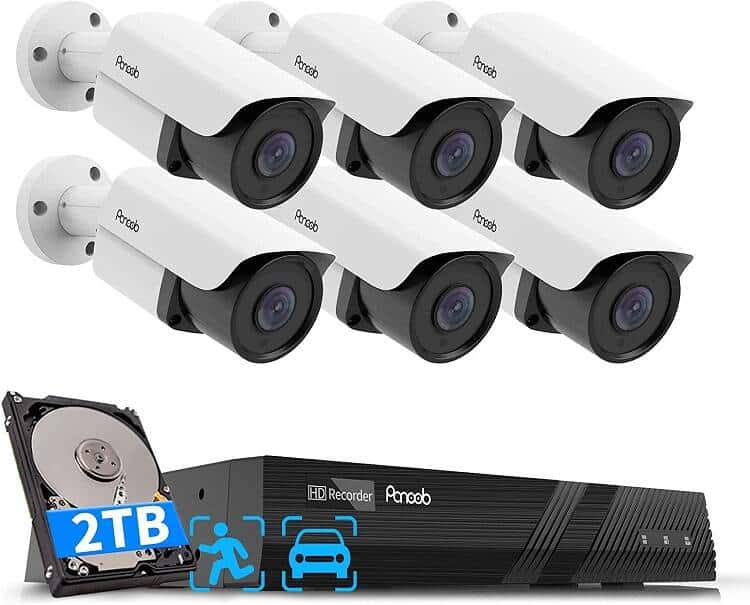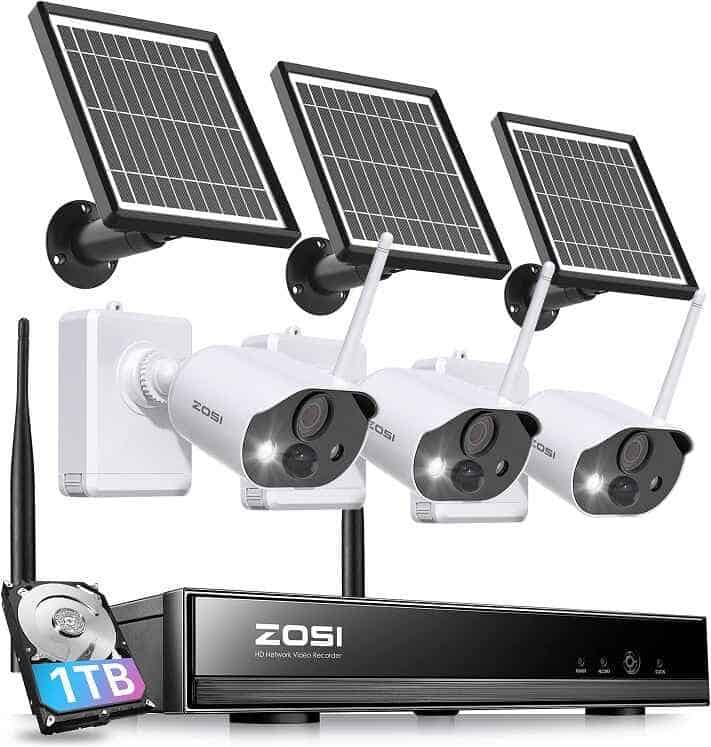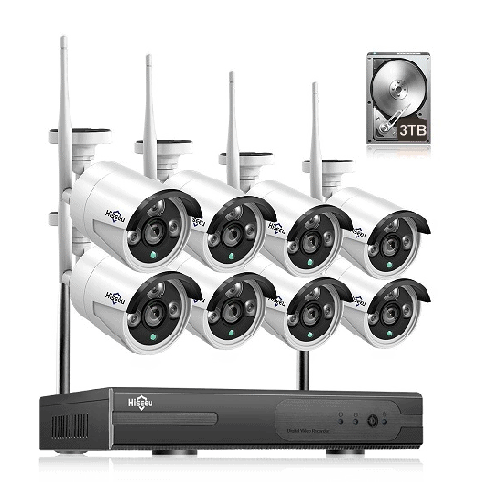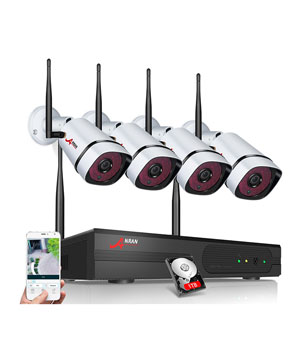Personal Safety Strategies for Everyday Life
In this fast-paced world, personal safety is not something to be taken lightly. Implementing effective strategies can empower you and give you peace of mind as you navigate your daily life.
By following a few simple guidelines and adopting a proactive mindset, you can significantly reduce the chances of becoming a victim and enhance your personal safety.

1. Awareness and Observation
Being aware of your surroundings is key to staying safe. Pay attention to the people, objects, and activities around you. Avoid distractions such as excessive phone use or wearing headphones that may limit your awareness. By staying observant, you can spot potential threats or suspicious behavior and take appropriate action.
2. Trusting Your Instincts
Your intuition is a powerful tool when it comes to personal safety. If a situation or person feels off, trust your instincts and take immediate steps to remove yourself from any potential danger. It’s always better to err on the side of caution and prioritize your well-being.
3. Securing Your Home
Your home should be a sanctuary where you feel safe and protected. Ensure that your doors and windows are secure with sturdy locks. Consider installing a security system or surveillance cameras to deter intruders. Additionally, it’s wise to have proper lighting around your property, both indoors and outdoors, to discourage any potential criminal activity.
4. Safety in Public Places
When out and about, especially in crowded public areas, it’s important to remain vigilant. Keep your belongings secure and within sight at all times. Avoid displaying expensive items that may attract unwanted attention. Stick to well-lit and populated areas, especially during nighttime, and consider walking with a companion whenever possible.
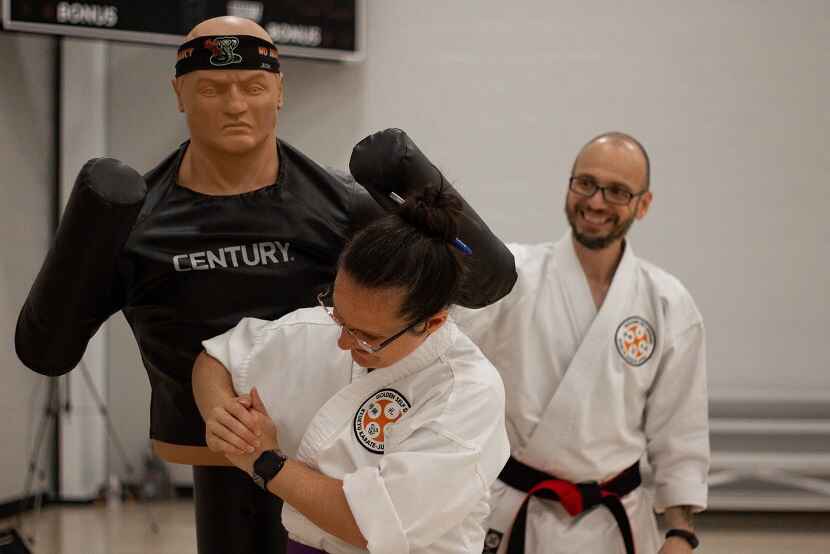
5. Self-Defense Techniques
Equipping yourself with basic self-defense techniques can significantly enhance your personal safety. Consider taking a self-defense class or learning techniques such as basic strikes, escapes, and situational awareness. Knowing how to protect yourself physically can give you the confidence to handle potentially threatening situations.
6. Utilizing Technology for Safety
In today’s digital age, technology offers a range of safety tools. Utilize smartphone apps that can provide instant access to emergency services or allow you to share your location with trusted contacts. Consider carrying a personal safety alarm or a whistle, which can help draw attention and deter potential attackers.
7. Safety While Traveling
It’s also advisable to inform someone you trust about your travel plans and regularly check in with them. Stay alert in crowded places and be cautious of your belongings. Avoid sharing sensitive information with strangers, and be aware of common scams targeting tourists. By prioritizing safety while traveling, you can enjoy your journey with peace of mind.
8. Safety at Work
Personal safety shouldn’t be overlooked in the workplace. Familiarize yourself with your organization’s safety protocols and emergency procedures. Keep your workspace well-organized to prevent accidents and minimize hazards. Report any safety concerns to the appropriate authorities promptly. It’s crucial to advocate for a safe work environment and take necessary precautions to protect yourself and your colleagues.
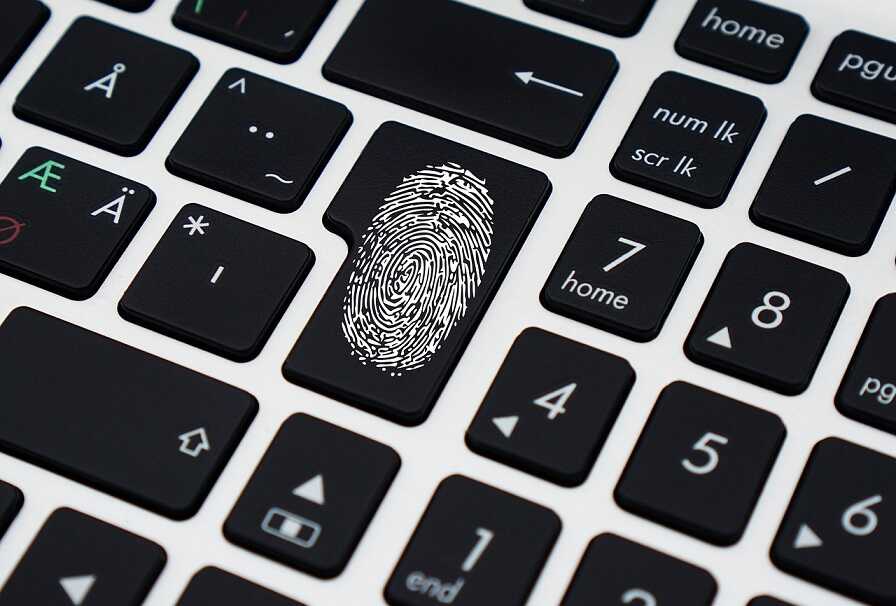
9. Protecting Personal Information
In today’s interconnected world, safeguarding your personal information is vital. Be cautious when sharing sensitive details online or with strangers. Use strong, unique passwords for your online accounts and consider using two-factor authentication for added security. Regularly review your privacy settings on social media platforms and be mindful of what information you share publicly. By being vigilant, you can minimize the risk of identity theft and other cybercrimes.
10. Safety in Online Spaces
As we spend more time online, it’s essential to prioritize personal safety in the digital realm. Be cautious when interacting with strangers on social media platforms or online forums. Avoid clicking on suspicious links or downloading files from untrusted sources. Use reputable antivirus software and keep it updated to protect against malware. Educate yourself about common online scams and practice safe browsing habits. By being proactive, you can mitigate the risks associated with online activities.
11. Safety in Social Situations
Whether attending social events, parties, or gatherings, personal safety should remain a priority. Stick to your limits when consuming alcohol or substances and be aware of your surroundings. Avoid leaving your drink unattended, and if possible, bring your own beverages. Trust your instincts and have a plan for leaving a situation if you feel uncomfortable or unsafe. It’s important to prioritize your well-being and surround yourself with trusted individuals.
12. Emergency Preparedness
Being prepared for emergencies is crucial for personal safety. Create an emergency kit with essential supplies, including a first aid kit, flashlight, and non-perishable food. Familiarize yourself with local emergency services and know how to contact them. Have a plan in place for various scenarios, such as natural disasters or accidents, and communicate it with your family or household members. Regularly review and update your emergency preparedness plans to ensure readiness.
13. Safety for Children and Teens
Ensuring the safety of children and teenagers is of utmost importance. Teach them about personal boundaries, stranger danger, and how to seek help when needed. Monitor their online activities and educate them about online safety. Encourage open communication and provide them with the tools to protect themselves. Empowering children and teenagers with knowledge and guidance can help them navigate the world safely.
Conclusion
Personal safety is a fundamental aspect of our everyday lives. By adopting the strategies outlined in this article, you can enhance your safety and minimize potential risks. Remember to stay aware of your surroundings, trust your instincts, secure your home, and utilize technology wisely. Whether at home, work, or while traveling, prioritize your well-being and take proactive steps to protect yourself. By making personal safety a priority, you can enjoy peace of mind and confidently navigate through life’s adventures.
FAQs
1. How can I stay safe when walking alone at night?
To stay safe when walking alone at night, stick to well-lit and populated areas. Avoid using headphones and remain aware of your surroundings. Consider carrying a personal safety alarm or walking with a companion if possible. Trust your instincts and, if necessary, change your route or seek assistance if you feel unsafe.
2. Are self-defense classes necessary for personal safety?
While self-defense classes are not mandatory, they can provide valuable skills and boost your confidence in handling potentially threatening situations. Learning basic self-defense techniques can help you protect yourself and create a sense of empowerment. Consider taking a self-defense class to enhance your personal safety.
3. How can I protect my personal information online?
To protect your personal information online, use strong and unique passwords for your accounts. Be cautious when sharing sensitive details and avoid clicking on suspicious links or downloading files from unknown sources. Regularly update your devices and use reputable antivirus software. Review your privacy settings on social media platforms and practice safe browsing habits.
4. What should I include in an emergency kit?
An emergency kit should include essential supplies such as a first aid kit, flashlight, non-perishable food, water, extra batteries, a portable phone charger, and a basic toolkit. Customize your emergency kit based on your specific needs and location. Remember to periodically check and replenish supplies to ensure readiness.
5. How can I teach my children about personal safety?
Teaching children about personal safety is crucial. Start by educating them about personal boundaries, stranger danger, and the importance of seeking help from trusted adults. Teach them how to recognize and respond to potentially dangerous situations. Encourage open communication and create a safe environment where they can share their concerns. Reinforce their understanding through age-appropriate discussions and role-playing scenarios.
Disclaimer
Certain content that appears on this site comes from Amazon. As an Amazon Associate we earn from qualifying purchases. Read full Disclaimer Here!

